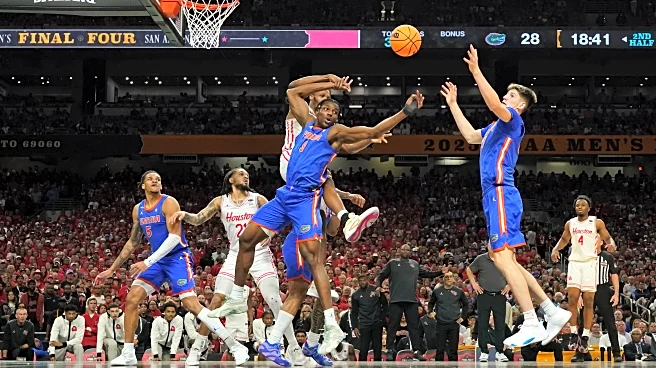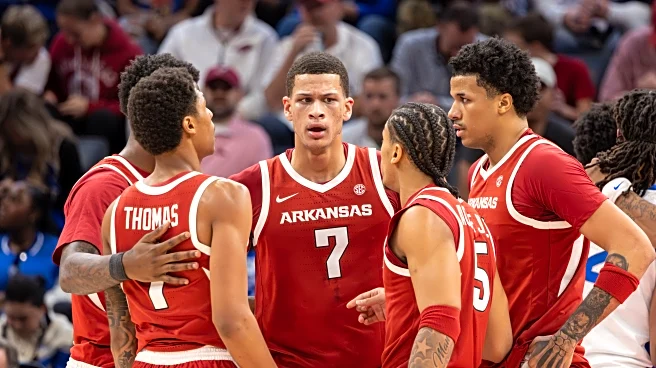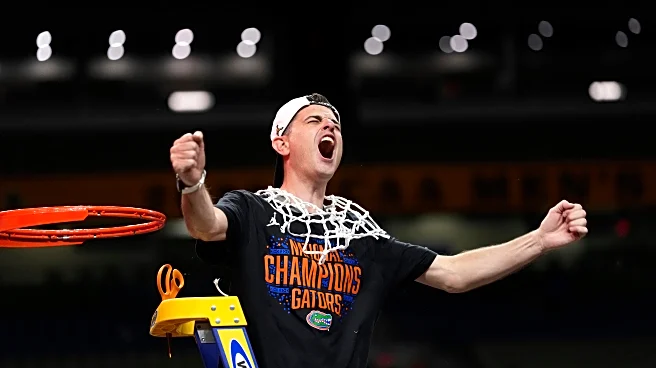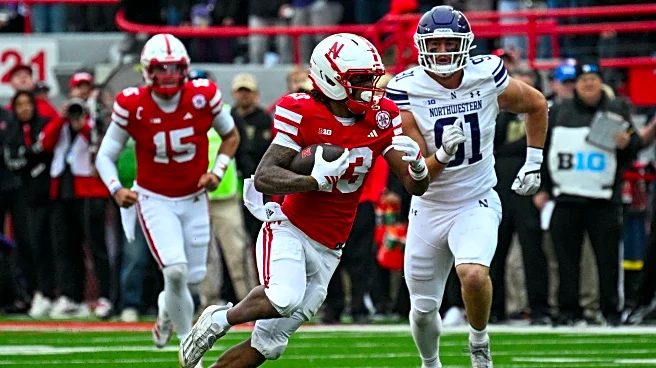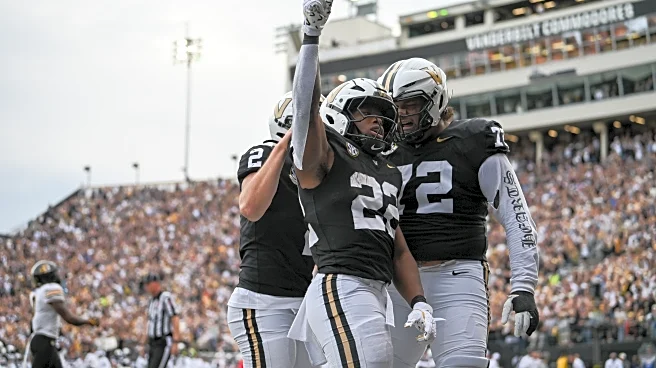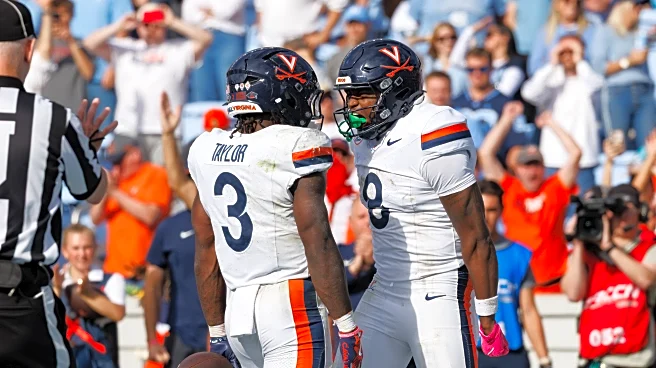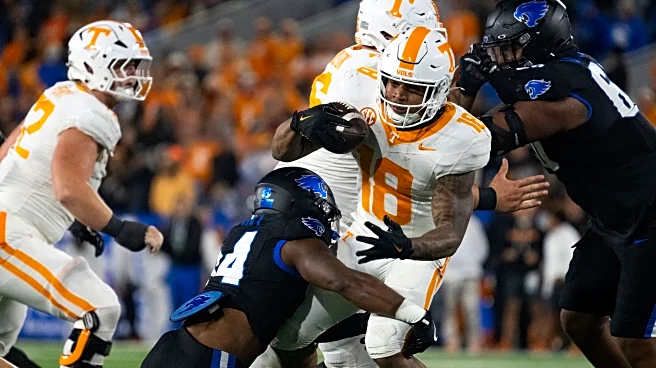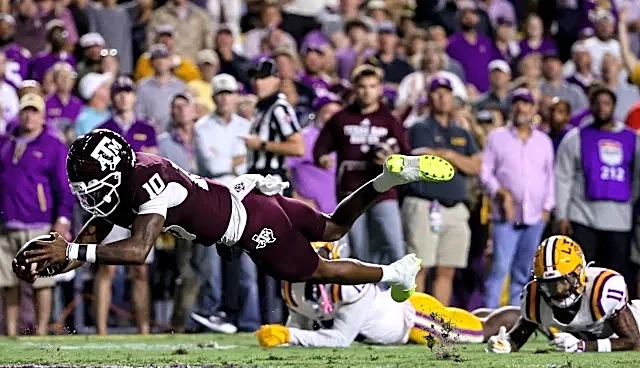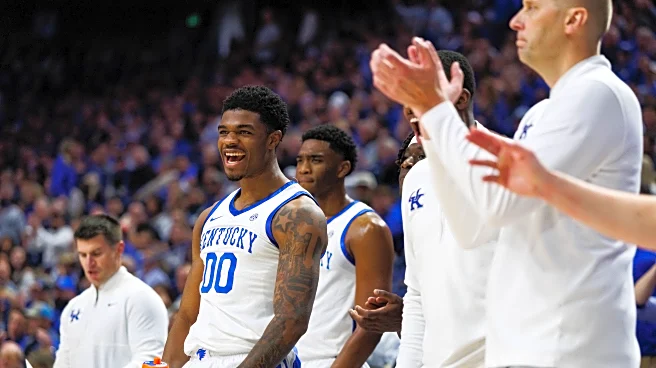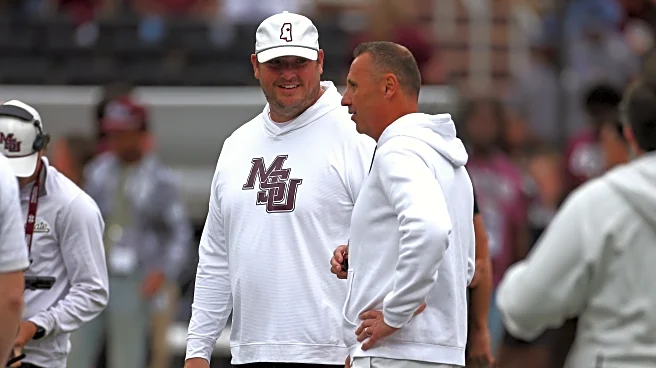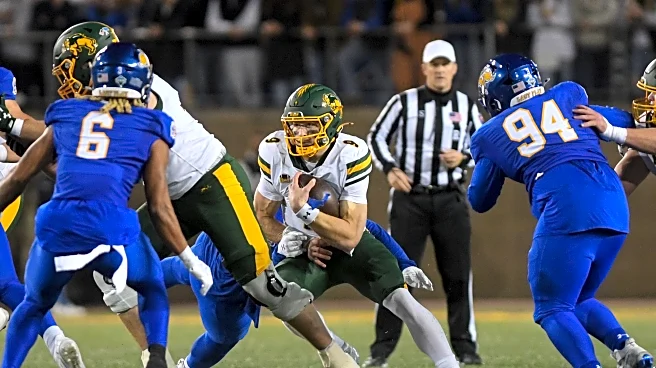The NCAA National Championship returned to an SEC school for the first time since Kentucky won everything in 2012, thanks to the Florida Gators. A trendy pick to finish inside the top 4 of the league,
Florida flew under the radar for much of the season thanks in part to, well, not playing anybody.
While the rest of the SEC was out collecting Quadrant One wins, the Gators played in a single Q1 game during their non-conference schedule, where they beat up on a banged up North Carolina teams. Florida was winning, but they were winning games nobody thought they would lose. They started the season ranked 21st and trickled up the rankings only through attrition mostly. By mid-December the Gators were in the top 10, and they would stay there the rest of the season.
After a quiet non-conference, the Gators got loud. The opened with what might have been the game of the year, a 106-100 loss at Kentucky, and then beat Tennessee by 30 in their second game. From there the Gators settled into just being one of the best teams in the country, they earned a one seed, and eventually the National championship.
Now with a the Gators back on top of the College Basketball world, where do things go from here?
Previous SEC Previews:
- 2. Arkansas Razorbacks, 13-5
- 3. Kentucky Wildcats, 13-5
- 4. Tennessee Volunteers, 12-6
- 5. Alabama Crimson Tide, 11-7
- 6. Missouri Tigers 11-7
- 7. Auburn Tigers, 9-9
- 8. Texas Longhorns, 9-9
- 9. Mississippi State Bulldogs, 8-10
- 10. Vanderbilt Commodores, 8-10
- 11. Texas A&M Aggies, 8-10
- 12. Oklahoma Sooners, 8-10
- 13. Ole Miss Rebels, 7-11
- 14. Georgia Bulldogs, 6-12
- 15. South Carolina Gamecocks, 4-14
- 16. LSU Tigers, 3-15

Florida Gators
- Last season: 36 – 4 (14-4 in conference) #3
- The Masses Prediction: 1st in conference, 14.93 – 3.07
- SEC Media Pick: 1st in conference
- Analytics Average: 1st in conference, 3rd overall

HEAD COACH: Todd Golden | 4th Season, 76-33
Todd Golden became one of just 9 coaches to win an NCAA championship under the age of 40, but he’s only the second coach (Jim Valvano, 1983) since the NCAA expanded to include women’s basketball (1982). Golden turned 40 in July, so what does he do for an encore?
Golden spent three seasons piggy-backing on Kyle Smith’s build at San Francisco and chose Florida over other offers. He spent one year in mediocrity, another year as a middling NCAA seed, and then this past year as a National Champion. It’s hard to fathom a rise this quickly. Dan Hurley won a championship after 13 years as a head coach and in his 5th season at UConn. Scott Drew took 18 years. Tony Bennett took 10 years at Virginia, Jay Wright 15 years. John Calipari took three years at Kentucky, but he had spent 9 seasons at Memphis, eight at UMass and a handful in the NBA. This is a long way of saying what Golden has accomplished is unusual.
54 coaches have won a National title, but just 17 have won more than one. And there are only seven active coaches who have a championship. Golden’s next goal will be meeting the output of Rick Pitino, Bill Self, and Hurley. Can het get another one?

LOST PRODUCTION
3rd in % minutes, 59.71% | 3rd in % points, 65.20% | 3rd in % Possessions, 63.57%
The major road block to a repeat as a National Title is replacing the guard production left behind by graduation. The biggest hit will be Walter Clayton, Jr, the Iona transfer who turned into an All American. Clayton’s 122 Offensive Rating as a lead guard helped overcome a few deficiencies he has a defender. But more than anything else, he was a big shot maker, and unafraid to last shot.
Florida is also replacing Will Richard, who’s currently sucking up rotational minutes with Golden State, and FAU transfer Alijah Martin, who is on the active roster but has yet to play for Toronto. The Gators also lost Denzel Aberdeen to Kentucky after his quest for a big pay raise fell flat in Gainesville.


Unlike most of the rest of the league, and unlike many past National Champions, the Gators return a lot! Basically the entire front court, minus Sam Alexis, returns despite some testing of NBA Waters. Alex Condon is the statistical headliner, but few played as well down the stretch as Thomas Haugh. As an unheralded recruit out of Pennsylvania, Haugh landed at Florida and quickly developed into a key reserve. He’s a versatile defender with a knack for making the right play at the right time.
Rueben Chinyelu is also coming back, he’s a chiseled block of granite who is still figuring out how to be an offensive weapon. Then to round things out, Micah Handlogten is returning for his senior season after rushing back from a bad broken leg towards the end of his sophomore season. Handlogten only played in 16 games, but felt as though he had a chance to help the Gators win a championship, so I think it was a good call.
With so much backcourt production to replace, Golden targeted Princeton’s Xaivian Lee and Arkansas’ Boogie Fland to be the starting guards this year. Fland is a former 5-star recruit who turned down the chance to be a late 1st or early 2nd round draft pick to try improving his stock. Stock that faltered significantly after he struggled to impact winning during the early part of the season at Arkansas, despite putting up gaudy stats. Fland landing with Golden is a sign he wanted a different approach, and an analytically minded coach to help him to the next level.
Lee, meanwhile, has been feasting on Ivy League opponents for the last three years. His production jumped from his freshman to his sophomore season, then he mostly held steady as a junior. It will be interesting to see how Lee’s immersion in the SEC goes.
Golden also added Ohio transfer AJ Brown, who is the older brother of current Florida wing Isaiah Brown. The younger Brown saw limited action last year but is poised for a larger role. The elder brother is entering his RS-Junior season after taking a medical redshirt the season before last, and then averaging nearly 14 points per game last year.


We really need some Olivier Rioux action soon this year. All seven foot nine inches of him playing basketball in a live game.
In offseason interviews, Golden has expressed a desire to play his best five players as much as possible. The problem with this approach is strictly convention, as the Gators best five are likely to include some combination of their three returning post players, Haugh, Condon and Chinyelu. Golden’s desire to play this way is why we’re plugging in Haugh at the wing spot, despite his natural position being more of a combo forward with a lean hard into a stretch four role, and last season coming off the bench for all but 5 games.
Regardless of who starts and what evolves with the rotation, the Gators three main big men should see the floor a lot, and when they’re not they still have Micah Handlogten available as well. There is no issue here with the Gators depth on the interior.
The guard rotation is way more up in the air. The projection here, with Fland and Lee, is in line with expectations around the country. But the Gators also have two high quality freshmen in Alex Lloyd and CJ Ingram. Plus, Urban Klavzar stepped into spot duty last season and showed a penchant for hitting big shots. There are 11 players with real thought of being solidly int he rotation, but with a coach who rarely plays more than seven, and at the maximum nine. Then, you also have to find some minutes for Rioux to step onto the floor, right?


There are also far more difficult schedules, especially for a team coming off a national title and returning a bunch of production. The opener is a big one against Arizona, and the Gators have long running series with Miami and Florida State, despite both being a bit down at the moment. But joining the Rady Children’s Invitational in San Diego has less than a robust field with TCU, Providence, and Wisconsin. The Jimmy V Classic against UConn in Madison Square Garden should be fun, and the Gators drew a road game at Duke for the ACC-SEC Challenge.
Then the conference schedule is managable. The Gators are the top rated team in the analytics, but they get two of three games against #2 (Kentucky) and #3 at home, then a bit of a break with a very winnable home and home against both Georgia and South Carolina. Their tough road games are at Missouri first thing in conference play, when students won’t be on campus, and Vanderbilt in early January as well.
THE RULING
We’ve got Florida first, as does KenPom.com, EvanMiya.com, BartTorvik.com, KenPom’s HUMAN poll, Blue Ribbon, Three Man Weave, TheAthletic.com, CBSSports.com, HoopsHQ, the SEC Media… it’s not a consensus but it’s certainly close.
There’s no such thing as a slam dunk when it comes to a preview of the season. There are just too many twists, turns, injuries, hot streaks, cold streaks. So much of college basketball success is just about timing. Even now as the transfer portal and revenue sharing have evened out so much talent, especially in the upper tiers of Division 1 men’s basketball. Within the SEC alone there are 16 teams who can reasonably hope for an NCAA tournament bid, and probably 13-14 who are realistically right there.
Last year’s Gators weren’t UConn of two years ago, a team which blasted their way with certainty through the NCAA Tournament, and looked unbeatable. They snuck by UConn is round 2, needed an unlikely 16-2 comeback run to overtake Texas Tech in the Elite 8, were down at halftime against Auburn in the semi-final, and were down to Houston in the final minutes of the championship.
The Gators were really really good, but they also got the breaks most championship teams need to get over that last hump. They didn’t even win their own league last year!
But the reason everyone is picking the Gators is because their continuity, coupled with some very talented transfer portal additions, have given Florida one of the most talented rosters in college basketball. Now comes the tricky part of putting it all together.
Clearly you can expect the interior to be every bit as good as they were last year. Flordia’s offensive rebounding was 5th in the country, their 2-point shooting was 29th, and they were in the 94th percentile at the rim. All the things the Florida bigs were last year, you expect them to be again.
Then this experiment all comes down to the talented Boogie Fland.
Xaivian Lee should be, at worst, adequate as a combo guard. The reality is Fland is trying to replace an All American guard in Walter Clayton, Jr. If you’re just going through Fland’s synergy profile, it’s quite ugly in spots. The one area of offense where he was really very good was something he didn’t do a lot of, and that’s catch and shoot. Fland is going to take the reins of a national championship caliber roster, and be asked to be an All American level guard. Fland is capable, he’s a former 5-star, top 20 level talent for a reason. There’s a long history of highly rated freshmen underachieving their first year, before bursting out in year two. Fland is projected, by many, to be the next iteration of that pattern.
If Fland is the guy, the Gators are contending for a second national championship. If he’s a slightly altered version of who he was last year, the Gators will still be good. But they’ll take a step back.
My Results: Florida Gators — 1st in conference, 14-4
About the preview: a number of respected basketball bloggers were asked to submit one pick for the entire league schedule game by game. The game by game option allows us to account for the unbalanced schedule when addressing any kind of power rankings. Each set of picks are reflected in “the Masses” picks. Included in “the Masses” are various SEC media members who made picks at my request, as well as additional credit given to the analytics projections.
If you’d like to submit your picks, click here for the Google Form we used. If you want to know your results, send me an email.
Additionally, instead of relying solely on KenPom.com for the analytics site projections, we’re taking the average of the four main sites (EvanMiya.com, BartTorvik.com, Haslametrics.com, and KenPom.com) to give a closer consensus picture. These are weighted a touch for reliability.
The projections: This is new! In an attempt to be as accurate as we could be we increased the amount of analytics used to make individual projections which influenced how these teams slotted in order. Matt Watkins used an in-depth method for projecting the entire SEC transfer list, we then mixed in EvanMiya.com’s BPR projections, and BartTorvik.com’s preseason individual projections to round out the expected production based upon how each coach routinely uses his rotations.
GLOSSARY
* – an asterisk denotes a known walk-on player
GP – Games Played
%min – percentage of total available minutes played, does not account for time missed due to injury
%poss – percentage of team possessions the player is responsible for ending a possession, whether by making a shot, missing a shot not rebounded by the offense or committing a turnover. For returning players this is noted as a percentage of total team possessions. For newcomers it was total possessions when that player was on the floor, better known as Usage Rate.
ORtg – Offensive Rating, similar to a points per possession but averaged out over 100 possessions. So it’s how many points a player would score if they were responsible for 100 possessions.
BPR – Bayseian Performance Rating, a single player efficiency metric created by Evan Miyakawa to determine both offensive and defensive impact when a player is on the floor.
PAR – Points Above Replacement, a Rock M+ proprietary rating measuring projected on-off impact adjusted for time on the floor.
PPG – Points Per Game, RPG – Rebounds Per Game, APG – Assists Per Game: All traditional statistics used to measure player production.
For newcomer player rankings, we used EvanMiya.com’ s rankings for transfers, and 247sports.com ‘s Composite Rating for Freshmen and Junior College signees.
